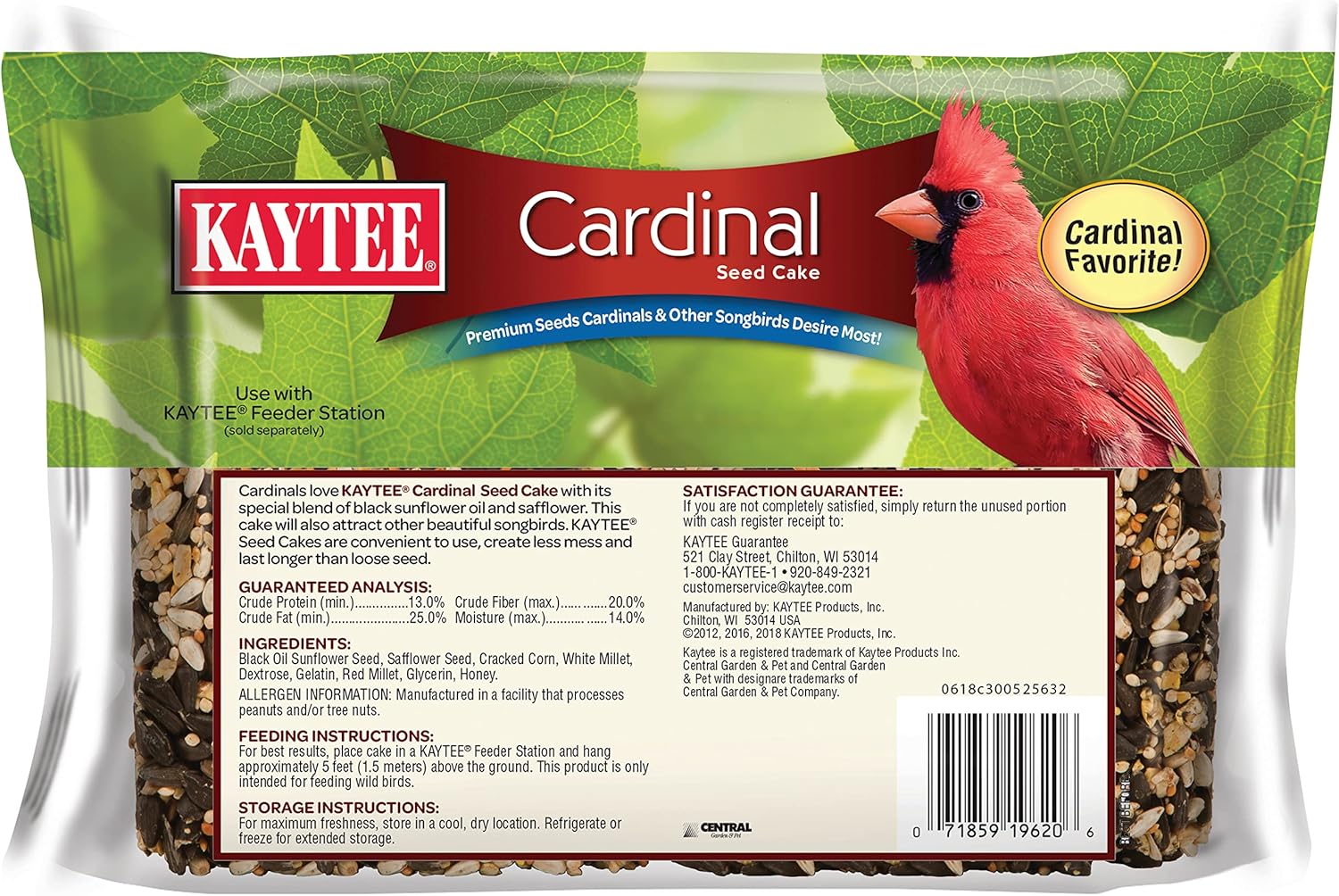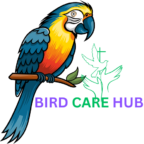Bird Food Blocks
Bird enthusiasts and nature lovers alike understand that feeding birds can transform your backyard into a vibrant oasis of color and song. With so many bird food options out there, one choice that’s been gaining popularity is the bird food block. These compact, nutrient-rich bundles are perfect for attracting a variety of bird species to your garden. In this blog post, we’ll explore everything you need to know about bird food and blocks—from their benefits to DIY recipes, and how they impact the environment.
Introduction to Bird Food Blocks
Food blocks are a convenient and effective way to provide nourishment to your feathered friends. Unlike loose seeds, these blocks are compressed, making them less messy and easier to manage. They often come in various shapes and sizes, designed to cater to different bird species. Whether you’re an experienced birdwatcher or a beginner, The blocks offer a simple way to enhance your bird-feeding experience.
One significant advantage of food blocks is their nutritional value. They’re packed with essential ingredients like seeds, nuts, and fruits that provide birds with the energy they need to thrive. Additionally, these blocks often contain added vitamins and minerals to support bird health. By offering a balanced diet, you’re not only attracting birds but also helping them maintain their wellbeing.
What Makes a Quality Food Block
Not all bird blocks are created equal. The quality of a block largely depends on its ingredients and features. High-quality blocks often contain a mix of seeds such as sunflower hearts, which are rich in fats and proteins essential for birds. Other common ingredients include millet, corn, and suet, which provide additional nutritional benefits.
A good bird block should also be free of fillers. Fillers add bulk but offer little nutritional value, so it’s best to avoid blocks that contain ingredients like wheat or rice. Instead, look for blocks with natural, wholesome components that contribute to a balanced diet for the birds.
The binding agent used in blocks is another critical factor. It should be strong enough to hold the block together without being harmful to birds. Common binders include gelatin and natural oils, which are safe and effective at maintaining the block’s structure. You want a block that remains intact even in adverse weather conditions, ensuring a consistent food source for your avian visitors.
Popular Bird Species that Enjoy the Blocks
Blocks can attract a wide variety of bird species to your garden. Finches, for instance, are known to enjoy blocks that contain sunflower hearts and millet. These small birds are a delight to watch as they flit around, pecking at seeds with their delicate beaks.
Canaries are another species that benefit from the food blocks. While often kept as pets, they can frequently be found visiting backyards where suitable food sources are available. Blocks containing fruits and nuts appeal to canaries, providing them with the nutrients they need to sing their beautiful songs.
Woodpeckers, with their distinctive drumming, are attracted to suet-based blocks. Suet is high in fat, offering the energy woodpeckers require for their active lifestyles. By using bird food blocks designed for woodpeckers, you might invite these fascinating birds to your garden, much to the delight of any bird enthusiast.
DIY Food Blocks for Bird
Creating your own DIY bird blocks is a rewarding and fun activity. To start, you’ll need a mixture of seeds, nuts, and dried fruits. You’ll also require a binding agent—gelatin or natural peanut butter work well.
Begin by melting your chosen binder over low heat. Once melted, add your seed and nut mixture, stirring until everything is well coated. Pour the mixture into molds or small containers and allow it to set. Once firm, your DIY bird blocks are ready to be hung in your garden or placed on a feeding tray.
Making your pet’s blocks can be a great family activity, providing an educational opportunity to learn about different bird species and their dietary needs. Plus, it ensures that you’re offering the best possible nutrition to your feathered friends, enhancing your bird-watching experience.
The Environmental Impact of Using these Blocks
Bird blocks have a positive impact on the environment when used responsibly. They provide a steady source of food for birds, which is especially crucial during harsh weather conditions when natural food sources may be scarce. By supporting bird populations, you’re contributing to the ecological balance in your area.
It’s important to choose bird food blocks made from sustainably sourced ingredients. Look for blocks that use organic seeds and nuts, and avoid those with artificial additives. Supporting ethical producers helps protect ecosystems and promotes biodiversity.
Proper disposal of packaging is also vital. Many bird food blocks come in plastic wrapping, which should be recycled whenever possible. By being conscientious about waste, you can minimize your environmental footprint while enjoying the benefits of bird feeding.
Where to Purchase Bird Food Blocks
There are numerous places to purchase your bird food blocks, both in-store and online. Local pet stores and garden centers often stock a variety of options, allowing you to choose based on the birds commonly seen in your area. Staff at these stores can provide valuable advice and recommendations tailored to your needs.
Online retailers offer convenience and a broader range of choices. Websites like Amazon and Chewy have extensive selections of food blocks, complete with customer reviews to guide your purchase. Shopping online also enables you to compare prices and find the best deals without leaving your home.
Specialty bird feeding stores might offer unique options not found elsewhere. These stores often provide expert insights and are dedicated to promoting bird welfare. Supporting these businesses is a great way to contribute to conservation efforts while ensuring you receive high-quality blocks.
Tips for Using Food Blocks
Using food blocks for bird effectively involves proper storage, placement, and strategies for attracting birds. Store your blocks in a cool, dry place to maintain their freshness and prevent spoilage. Airtight containers or resealable bags work well for keeping them in optimal condition.
Placement is crucial for attracting birds. Position your bird food blocks in a quiet, accessible area where birds feel safe. Using bird food hangers can help elevate the blocks, protecting them from ground-dwelling pests. Ensure the blocks are visible from a distance to entice birds to investigate.
Attracting birds requires patience and consistency. Refill your blocks regularly and provide fresh water nearby. Over time, birds will recognize your garden as a reliable food source and return frequently, offering you endless opportunities for observation and enjoyment.
Conclusion
Food blocks are an excellent tool for anyone looking to attract and nourish birds in their backyard. They offer a convenient, nutritious, and sustainable feeding option that benefits both birds and the environment. By understanding how to use and make blocks effectively, you can create a thriving ecosystem that supports a diverse range of bird species.
For those interested in further exploring the world of bird feeding, consider joining a local bird watching group or subscribing to a wildlife magazine. These resources can provide additional tips and insights, building your knowledge and enhancing your appreciation for the avian world.
